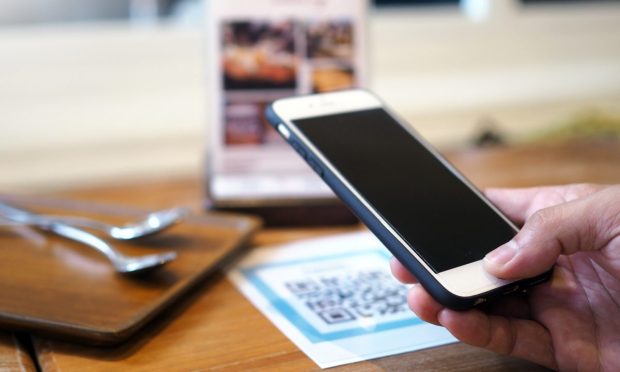Restaurants Risk Losing Their Personal Touch, Say One in Four Diners

As restaurants continue to face labor challenges, the temptation to go all in on digital technologies that reduce the amount of human work needed grows stronger. While these strategies can be exactly what is needed for quick-service restaurants (QSRs) and many fast-casual brands, dine-in customers are often looking for exactly that human touch that many of these technologies seek to remove from the process.
Research from the May/June edition of the Digital Divide series, “The Digital Divide: Technology, the Metaverse and the Future of Dining Out,” a PYMNTS’ and Paytronix collaboration, revealed that more than a quarter of all consumers at least partially agreed that service at the restaurants they visit has become increasingly less personal, and another 13% strongly agreed.
Read more: Restaurants Tinker With Tech Recipe to Balance Efficiency and Personal Service
Conversely, the study, which drew from an April survey of nearly 2,500 U.S. adults who regularly purchase food from restaurants, noted that about three-quarters of consumers wanted to build personal relationships with their servers. Specifically, the report noted that 74% of diners said being served by the same waitstaff every time they visit a restaurant has a positive impact on their satisfaction.
One digital tool that restaurants have been leveraging to reduce the number of trips a server must make to a given table is using QR codes in place of physical menus. While more than half (51%) of grab-and-go restaurant customers reported that these have a positive impact on their satisfaction with their dining experience, only 26% of dine-in customers said the same.
“If you think about it socially, when you go to a restaurant on a date, you want to interact,” Michele Baker Benesch, president of Menu Men, a company that designs and manufacturers print and digital menus, told PYMNTS in a January interview. “A waiter comes over, you place an order for maybe an appetizer, maybe a glass of wine, but there’s a dialogue between you. When you have a QR code, and you’re just looking at your phone, there’s no dialogue … It puts this weird awkwardness between people versus a total experience.”
See more: Many Restaurant Customers Feel Alienated by QR Code Menus
On the other hand, with many restaurants struggling to get enough labor to meet demand, they must strike a balance, determining which digital tools will help them operate more efficiently without having too negative an impact on customer satisfaction.
“[Restaurants are] still struggling,” Paytronix CEO Andrew Robbins told PYMNTS’ Karen Webster in a March interview. “So, revenue’s up, dining is up, and it really could be a boom market for them if they could get the labor. There are still people who are shutting down, not doing the full day that they would normally do and closing some nights. … It’s still a real problem.”
Read more: Labor Challenges Stifling Would-Be Restaurant Boom, Paytronix CEO Says
Compounding these difficulties, many consumers are not sympathetic to (or even cognizant of) the hiring and retention challenges restaurants are facing. The Digital Divide study noted that only 36% of consumers at least partially agreed that the restaurants they visit have become understaffed, suggesting that nearly two-thirds (64%) of consumers were either unaware of the issue or did not agree that it is a problem.
See more: PYMNTS Data Shows Two-Thirds of Consumers Not Sympathetic to Restaurants’ Labor Challenges
